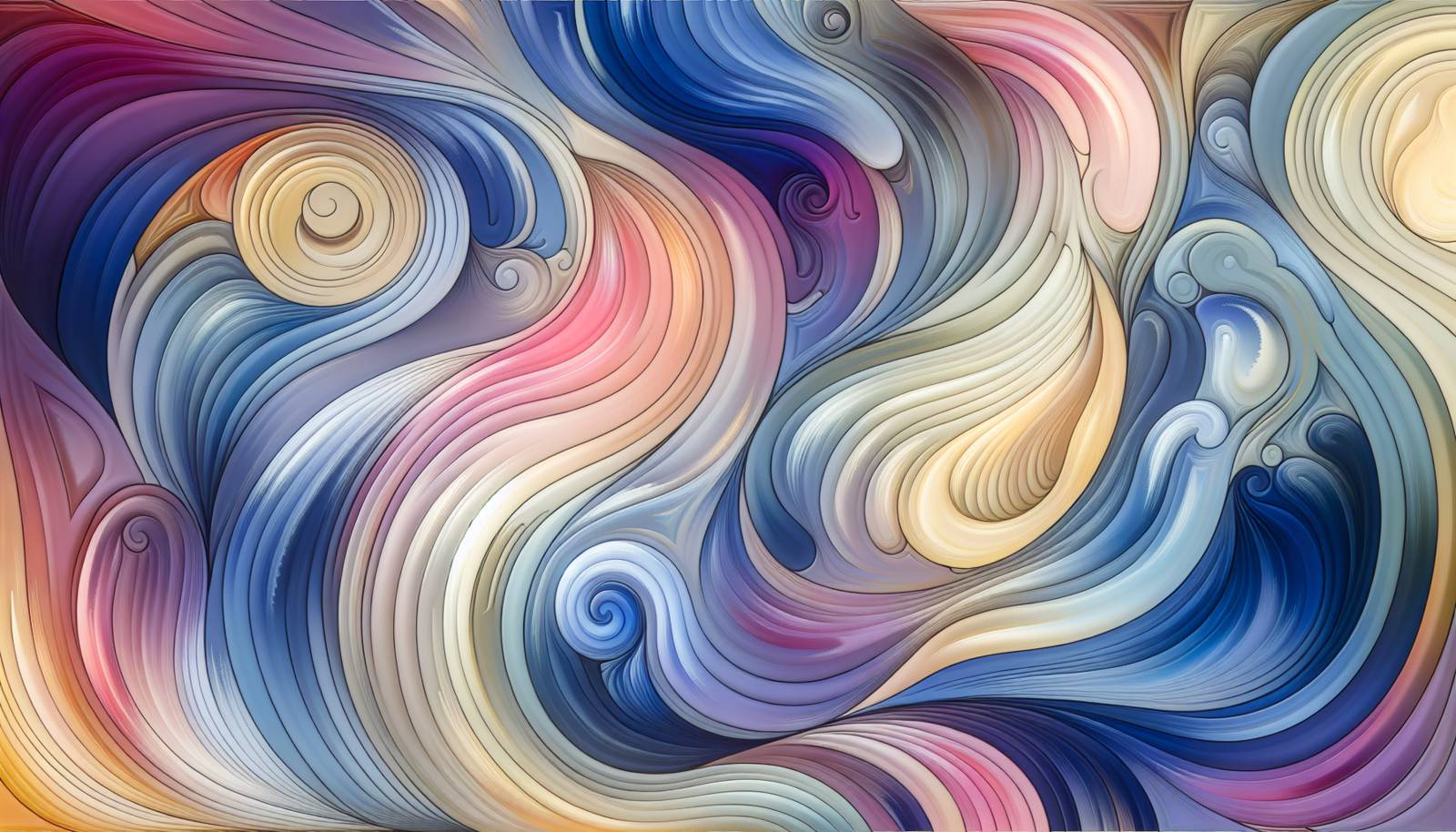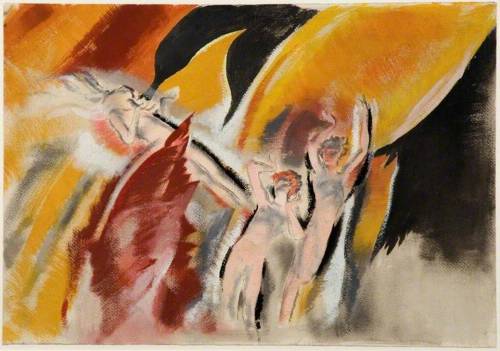
FAQ About The Role of Spiritual Art in Shaping Cultural Narratives

What is spiritual art?
Spiritual art refers to artworks that are inspired by, depict, or are intended to evoke spiritual themes and symbols. This type of art can include a variety of mediums, such as painting, sculpture, music, and architecture. The goal of spiritual art is often to convey messages related to religious beliefs, metaphysical ideas, or existential questions about life and the universe.

How does spiritual art influence cultural identity?
Spiritual art influences cultural identity by providing a shared set of symbols, narratives, and values that shape the collective consciousness of a society. Through spiritual art, communities express their beliefs, moral values, and historical narratives, which contribute to defining cultural norms and identity. Artworks embody spiritual themes that resonate with individuals on a deeper level, fostering a sense of belonging and continuity in the cultural fabric.

Can you give examples of spiritual symbols commonly used in art?
Common spiritual symbols used in art include the cross in Christianity, the lotus flower in Buddhism, the Star of David in Judaism, the crescent moon in Islam, and the Om symbol in Hinduism. These symbols are often incorporated into artworks to convey particular meanings or to evoke spiritual reflections related to these religions and philosophies.

How has spiritual art evolved over the centuries?
Spiritual art has evolved from ancient carvings and frescoes depicting deities and religious events to modern abstract interpretations of spiritual ideas. Throughout history, as societies have interacted and integrated various beliefs, spiritual art has adapted, moving from literal representation of religious iconography to more abstract expressions that seek to capture the essence of spirituality in today's world.

What is the importance of spiritual symbolism in cultural narratives?
Spiritual symbolism is vital in cultural narratives as it helps distill complex religious and philosophical concepts into accessible visual or auditory elements. These symbols can serve as storytelling devices that convey messages of morality, existence, and cosmology, thus reinforcing and passing down cultural narratives through generations.

How does spiritual art differ from religious art?
While both spiritual and religious art may overlap, religious art is specifically tied to particular religious traditions, doctrines, and practices. Spiritual art, however, may encompass a broader range of themes and does not necessarily adhere to a specific religious framework. It seeks to explore existential and metaphysical questions in a more universal context, beyond the boundaries of organized religion.

What impact does spiritual art have on the viewer?
The impact of spiritual art on the viewer can be profound, evoking introspection, emotional responses, and spiritual awakening. By engaging with spiritual art, viewers may find their own beliefs and values reflected or challenged, providing an opportunity for personal growth and a deeper understanding of themselves and their place within the cultural narrative.

Are there any famous works of spiritual art?
Yes, there are numerous famous works of spiritual art, such as Leonardo da Vinci's 'The Last Supper,' Michelangelo's 'The Creation of Adam,' and the Tibetan Thangka paintings. These pieces have globally influenced both religious followers and the art world by encapsulating spiritual themes with historical and cultural significance.

How does spiritual art contribute to cultural dialogues?
Spiritual art contributes to cultural dialogues by offering a platform for expressing and negotiating values, beliefs, and ideals. By illustrating spiritual themes and symbols, art can serve as a medium for intercultural communication and help address contemporary societal issues through the lens of historical and spiritual contexts.

Is spiritual art limited to traditional religions?
No, spiritual art is not limited to traditional religions. It can also explore broader metaphysical and existential themes encountered in systems of belief that do not follow conventional religious structures. This includes explorations of nature, the inner self, and universal consciousness, which can all serve as spiritual inspiration for artists.

What materials and techniques are commonly found in spiritual artwork?
Spiritual artworks often employ a variety of materials and techniques, depending on cultural and historical contexts. These might include oil painting, fresco, sculpture, mandalas, stained glass, calligraphy, and digital media. Each medium allows artists to convey spiritual themes uniquely and innovatively, reflecting the evolving nature of art in cultural dialogue.

Why is spiritual art significant for historical studies?
Spiritual art is significant for historical studies because it provides insights into the beliefs, values, and attitudes of past societies. By examining spiritual artworks, historians can gain a deeper understanding of how different cultures interpreted spirituality and incorporated their beliefs into their social and political structures.

How do artists incorporate spiritual themes in modern art?
In modern art, artists often incorporate spiritual themes by exploring abstract concepts like time, space, and consciousness. They may use symbolic color palettes, meditate on the themes of sacred geometry, or create immersive installations that evoke a spiritual atmosphere, encouraging viewers to ponder their own spiritual existence and connection to the universe.

What challenges do artists face when depicting spiritual themes?
Artists may face challenges such as cultural sensitivity, ensuring that their representation of spiritual themes respects diverse beliefs while remaining true to their artistic vision. They must balance personal expression with the responsibility of accurately conveying and exploring profound spiritual ideas, sometimes dealing with subjective interpretations and potential criticisms from different cultural perspectives.

Can spiritual art exist without religious context?
Yes, spiritual art can exist without a religious context by focusing on themes like the beauty of nature, human consciousness, and universal human experiences. It can be inspired by personal spiritual experiences or a search for meaning, reflecting broader existential inquiry rather than adhering to established religious doctrines.

How does the interpretation of spiritual art vary across cultures?
The interpretation of spiritual art can vary widely across cultures due to differences in religious beliefs, cultural histories, and social contexts. What may be seen as a sacred or profound symbol in one culture might be interpreted differently in another, leading to diverse and enriching perspectives on spiritual art and its significance.

What is the role of technology in contemporary spiritual art?
Technology plays a significant role in contemporary spiritual art by expanding the boundaries of artistic expression. Digital tools and multimedia installations can create interactive and immersive experiences, allowing artists to explore spiritual themes in innovative ways. Technology enables global sharing of spiritual artworks, fostering cross-cultural understanding and dialogue.

How do cultural narratives influence the creation of spiritual art?
Cultural narratives influence the creation of spiritual art by providing themes, motifs, and inspiration drawn from a society's collective stories, myths, and beliefs. Artists often reflect their cultural heritage and the prevailing socioeconomic or political climate within their spiritual works, allowing these narratives to be visually and emotionally explored.

In what ways can spiritual art promote healing and community building?
Spiritual art can promote healing and community building by offering a space for reflection, dialogue, and connection. Art therapy often uses spiritual art to help individuals process emotions and trauma, while community art projects centered on spiritual themes can foster empathy, solidarity, and a sense of shared purpose among participants.
